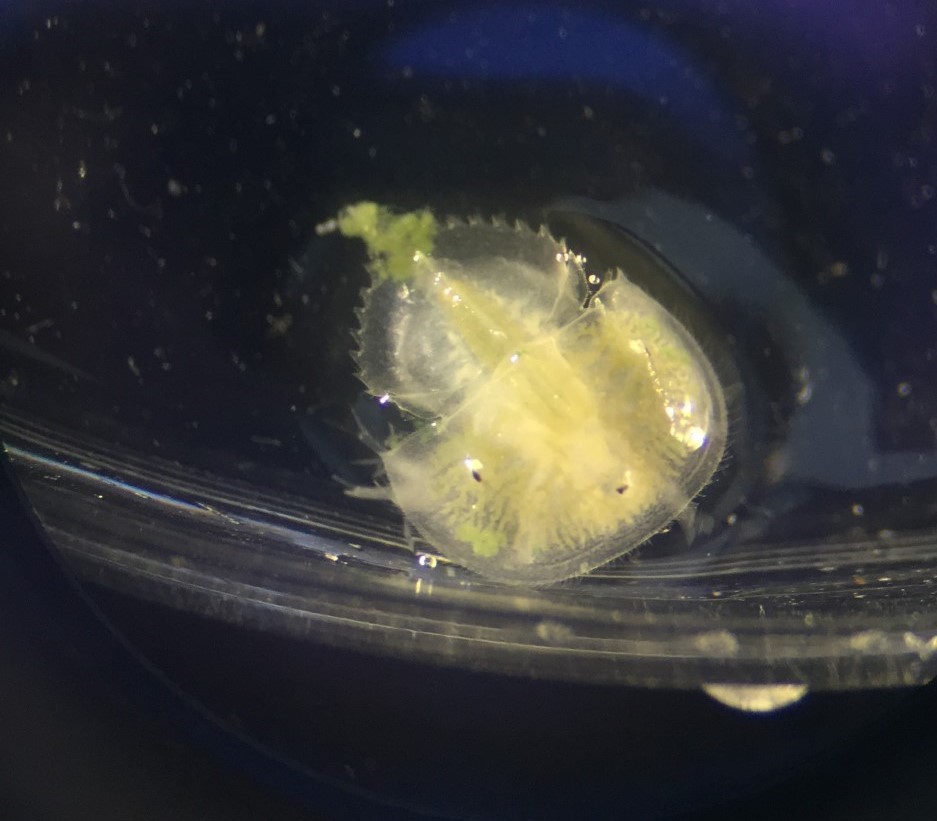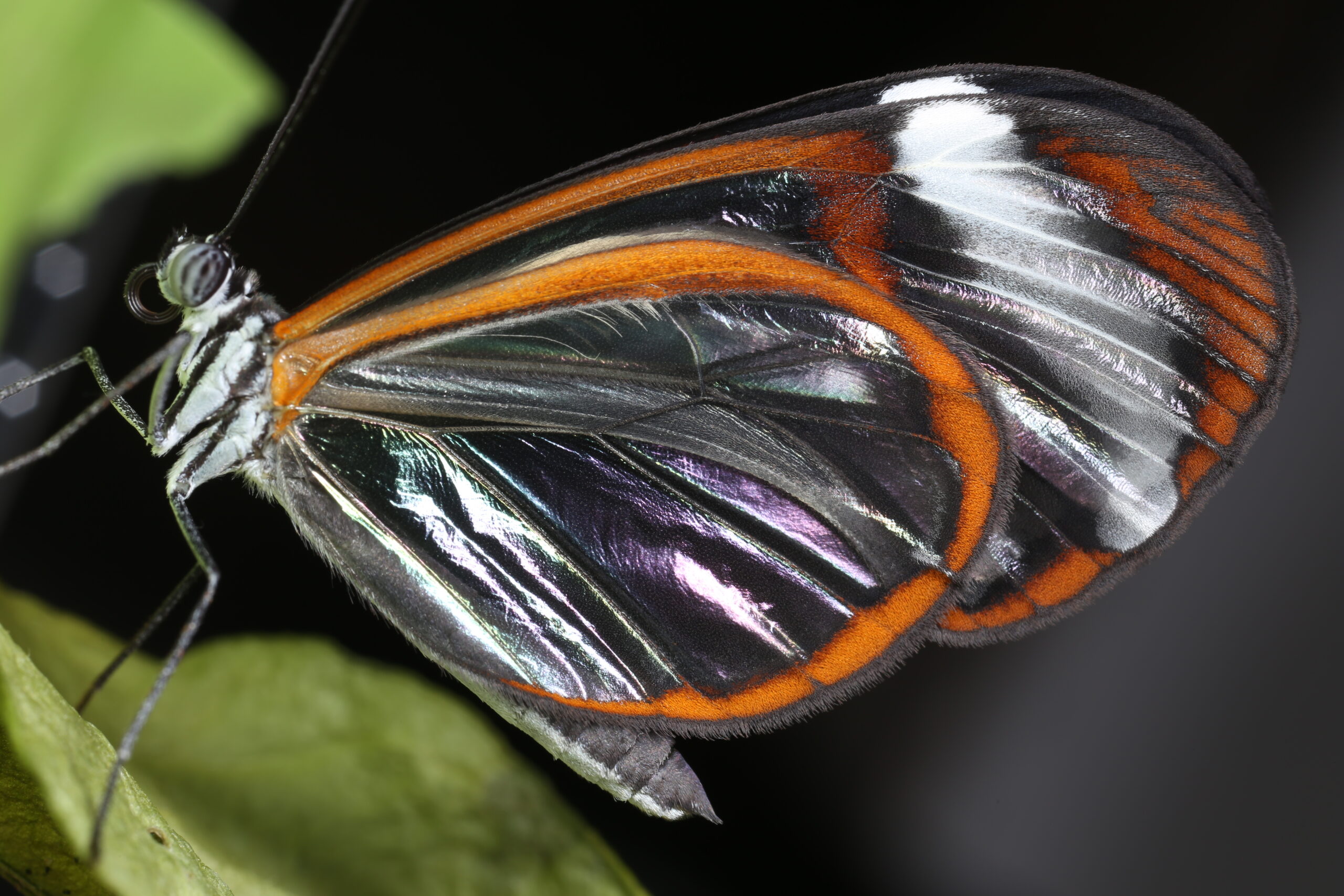A selective mating experiment by a curious butterfly breeder has led scientists to a deeper understanding of how butterfly wing color is created and evolves. The study, led by scientists at University of California, Berkeley, and the Marine Biological Laboratory, Woods Hole, is published in eLife.
When the biologists happened upon the breeder’s buckeye butterflies–which normally are brown–sporting brilliant blue wings through selective mating, they jumped on the chance to explore what caused the change in color of the tiny, overlapping scales that produce the wing’s color mosaic and pattern. They found that buckeyes and other Junonia species can create a rainbow of structural colors simply by tuning the thickness of the wing scale’s bottom layer (the lamina), which creates iridescent colors in the same way a soap bubble does.
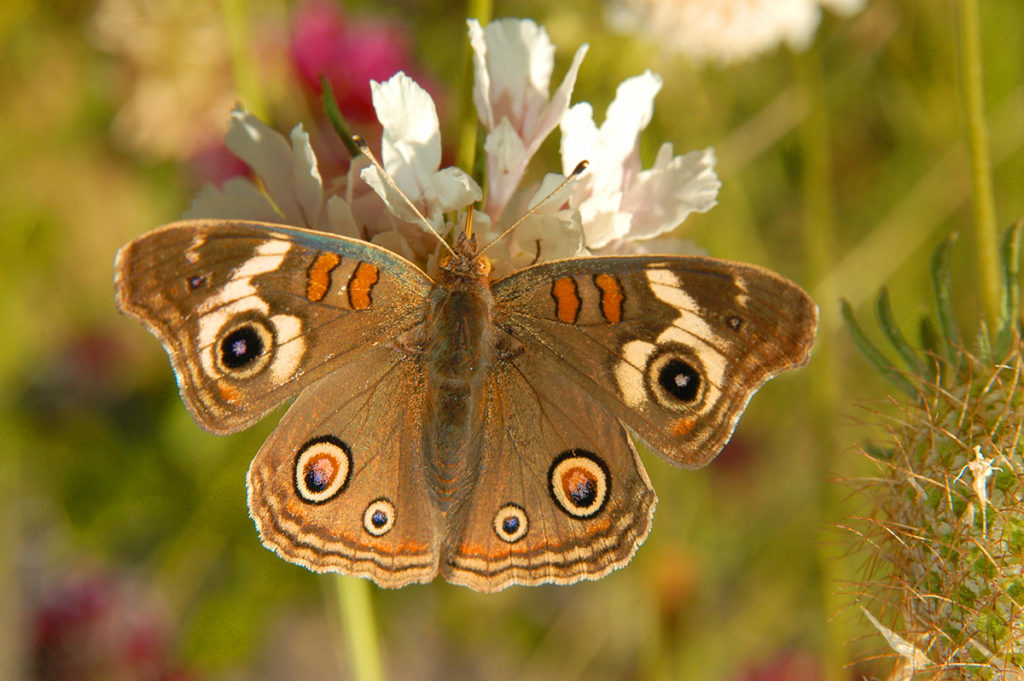
Buckeye butterfly (Junonia coenia) with typical brown wing coloration. Credit: Nipam Patel 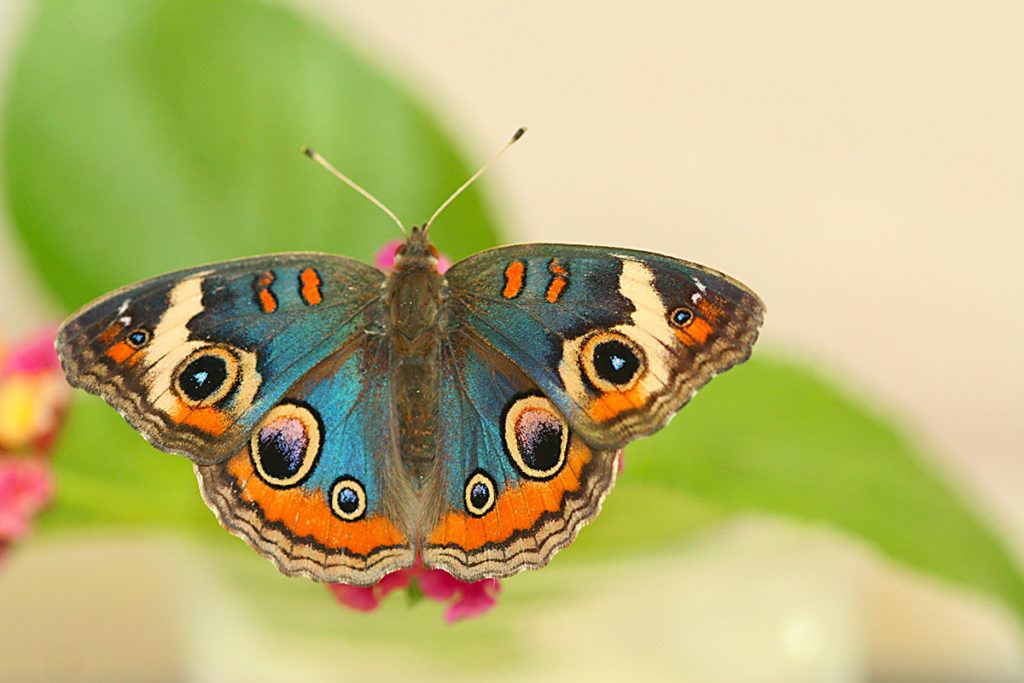
Buckeye butterfly (Junonia coenia) selectively bred to shift wing color from brown to blue. Credit: Edith Smith
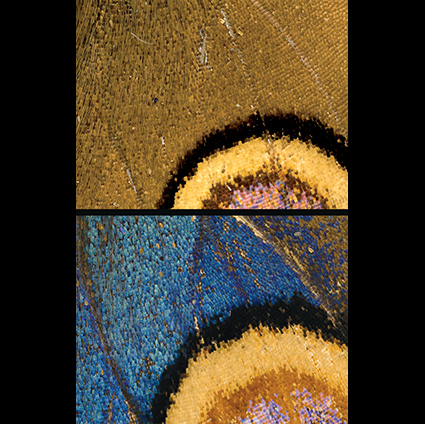
Magnified view of the wings of two buckeye butterflies. Credit: Rachel Thayer 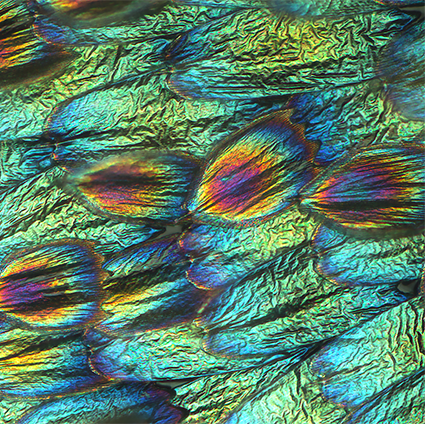
Underside of artificially selected blue buckeye butterfly wing scales, showing their iridescent lamina colors. Credit: Rachel Thayer
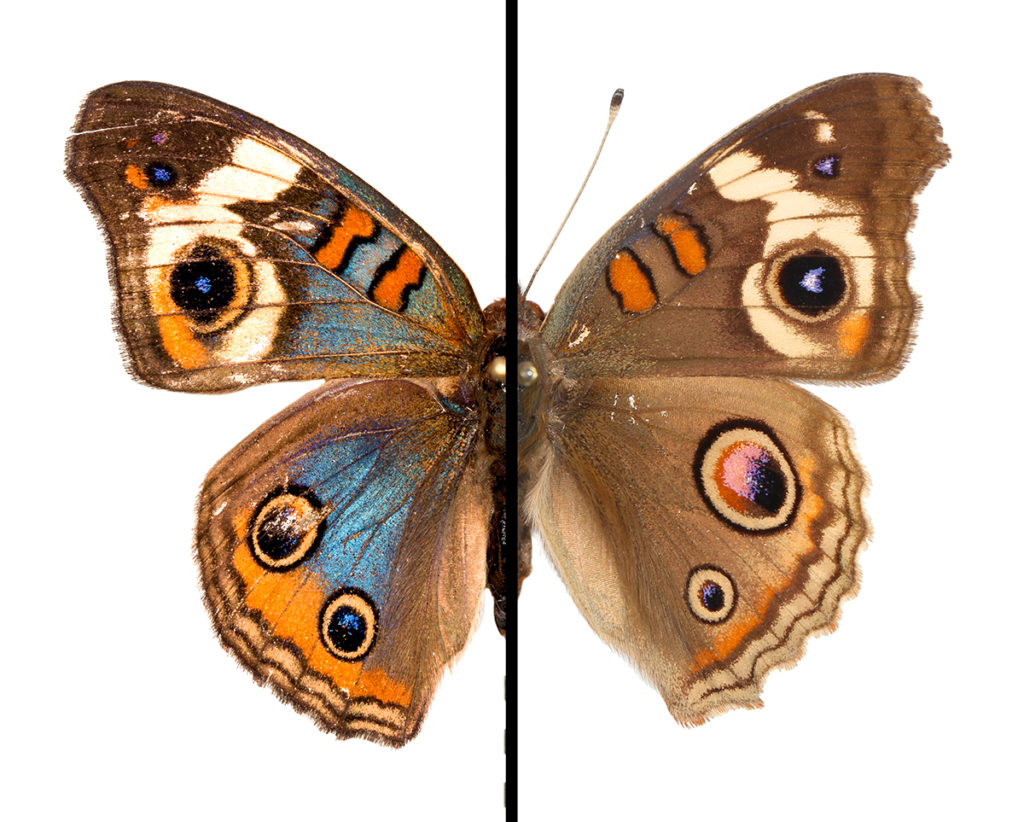
Comparison of buckeye wings – wild-type brown (right) and artificially selected blue (left). Credit: Aaron Pomerantz 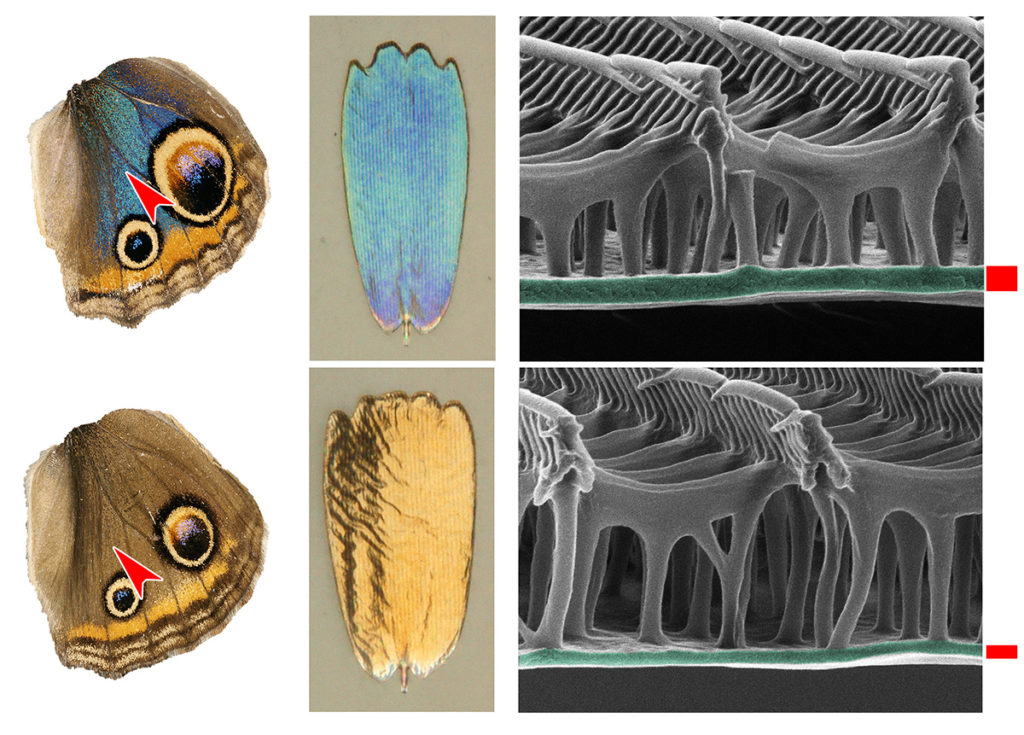
Scale lamina thickness. Credit: Rachel Thayer
“In each Junonia species, structural color came from the lamina. And they are producing a big range of lamina thicknesses that create a rainbow of different colors, everything from gold to magenta to blue to green,” says Rachel. “This helps us understand how structural color has evolved over millions of years.” The color shifts as lamina thickness increases according to Newton’s series, a characteristic color sequence for thin films, the team found.
